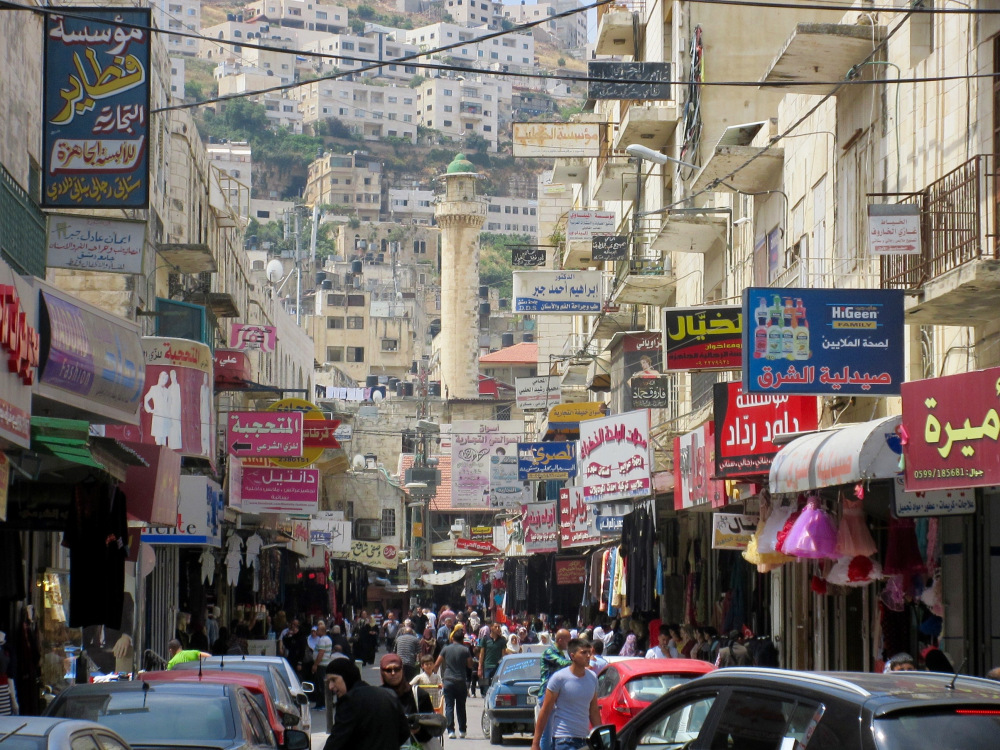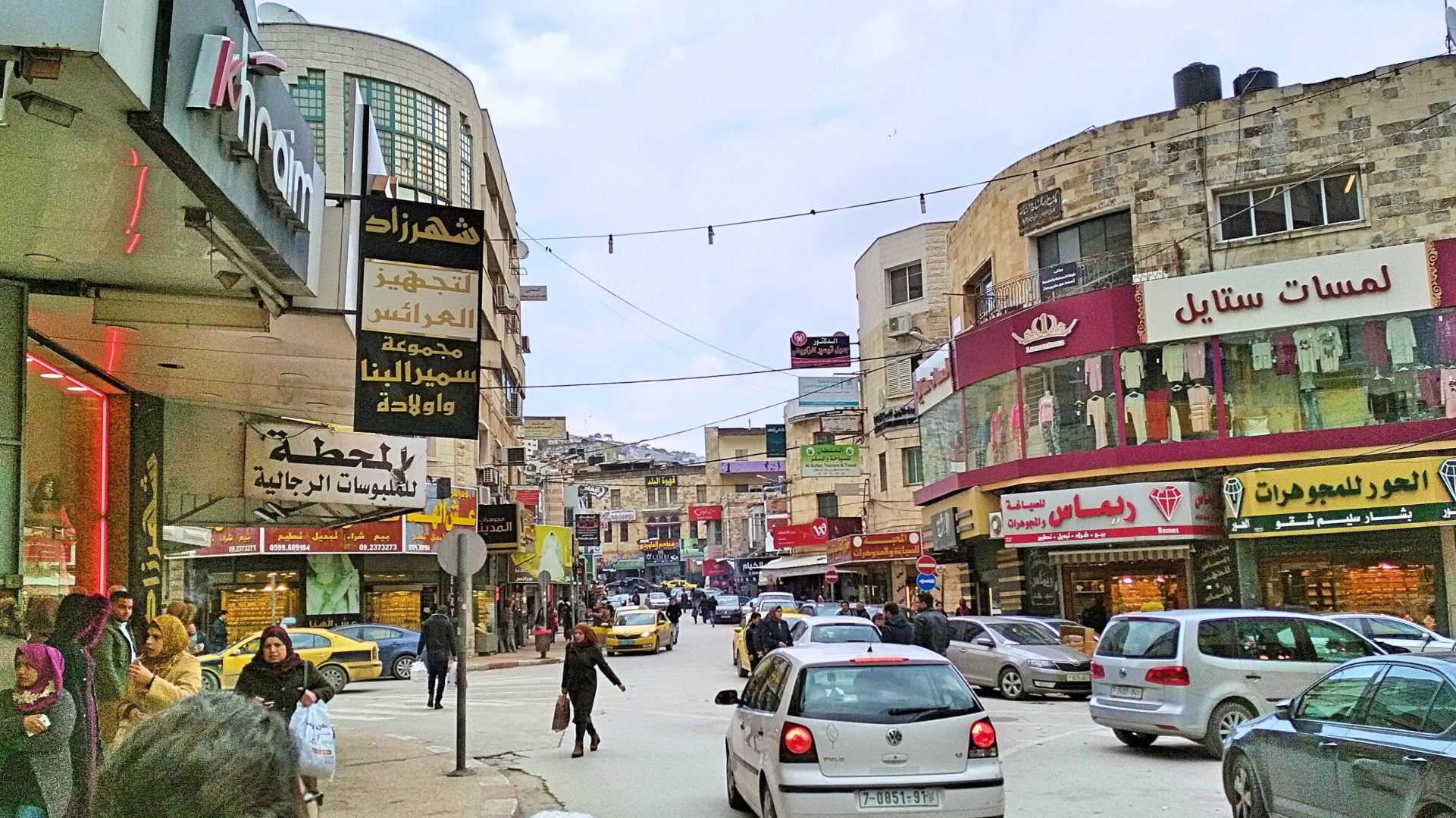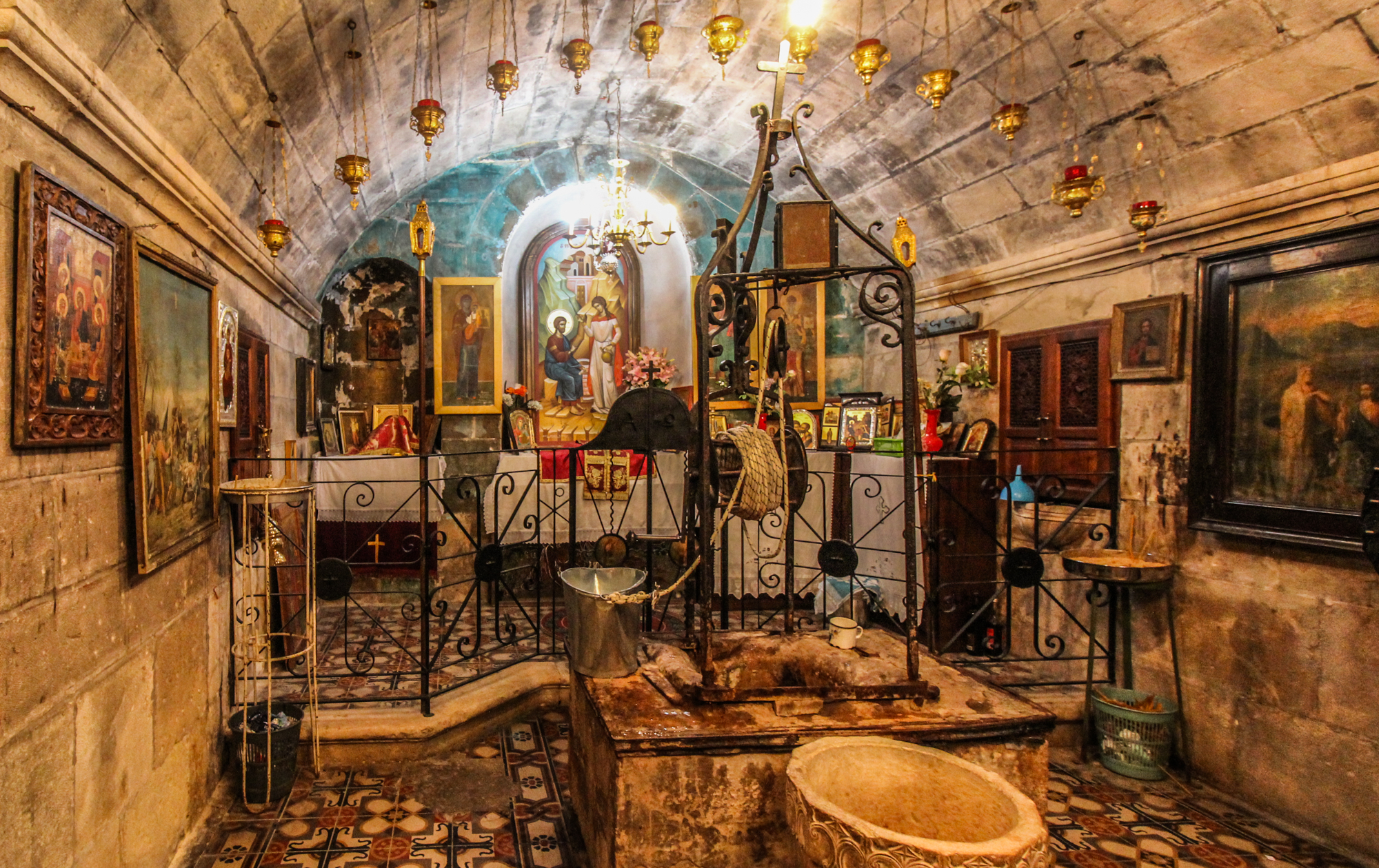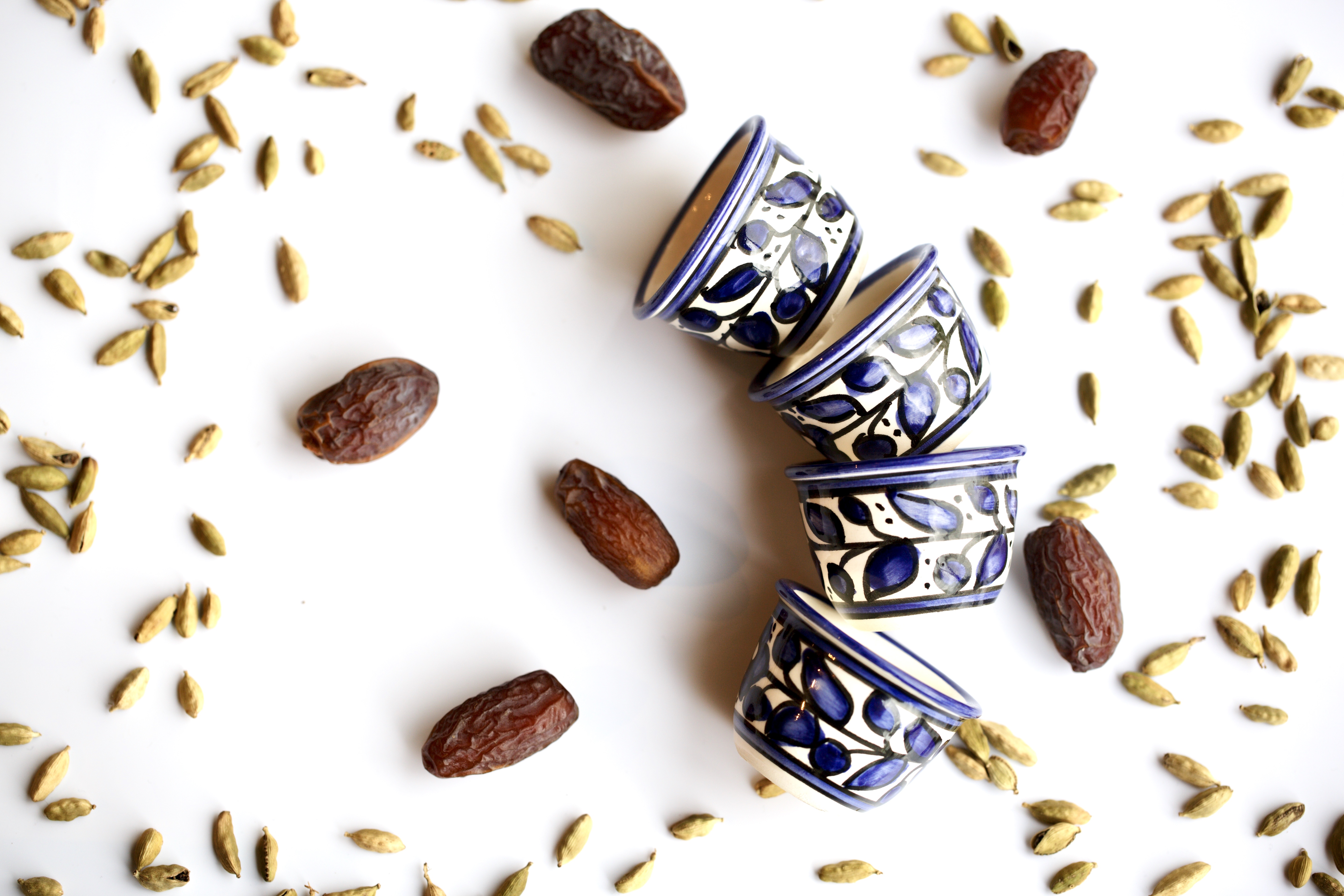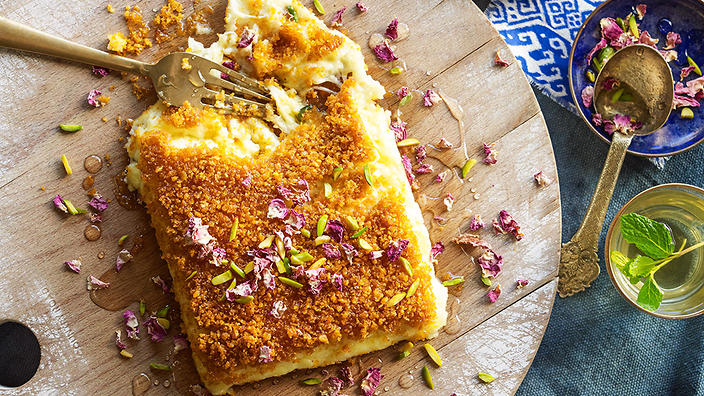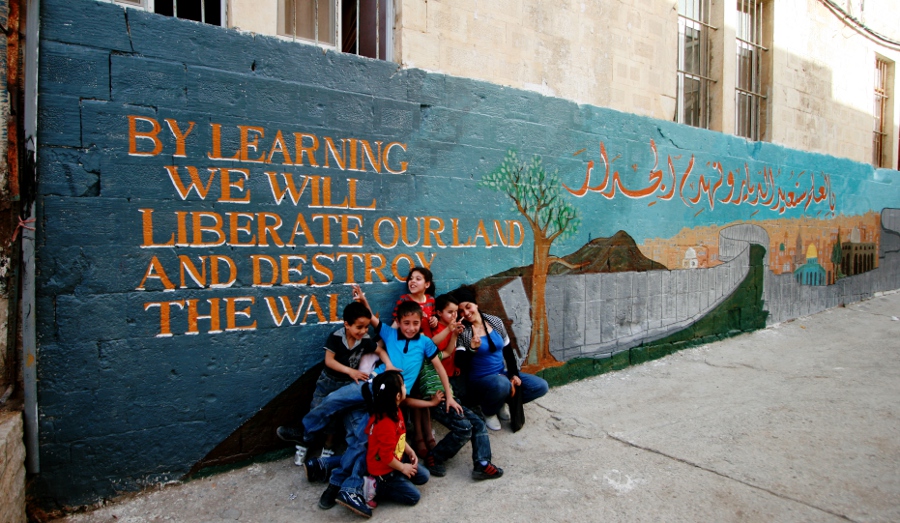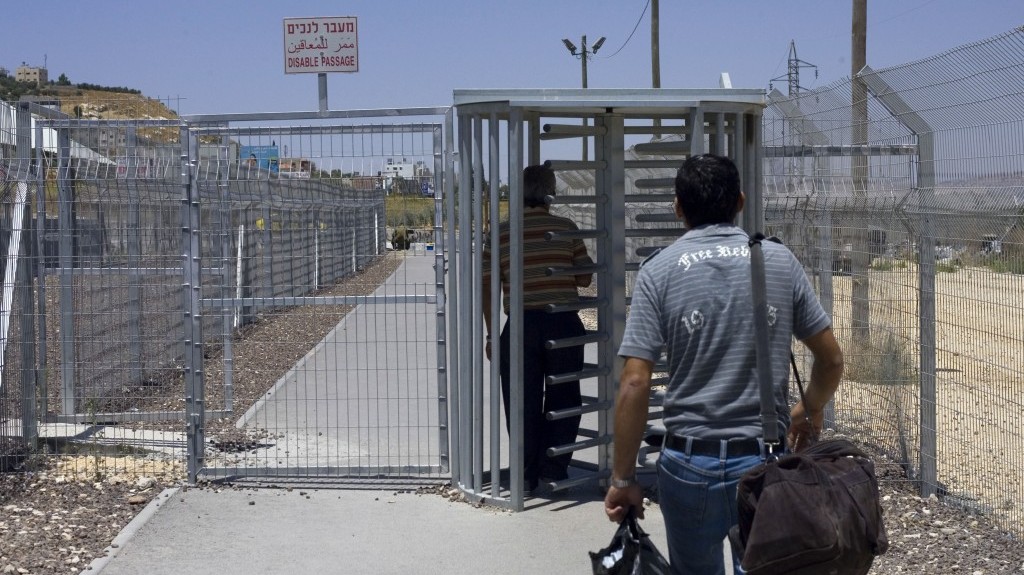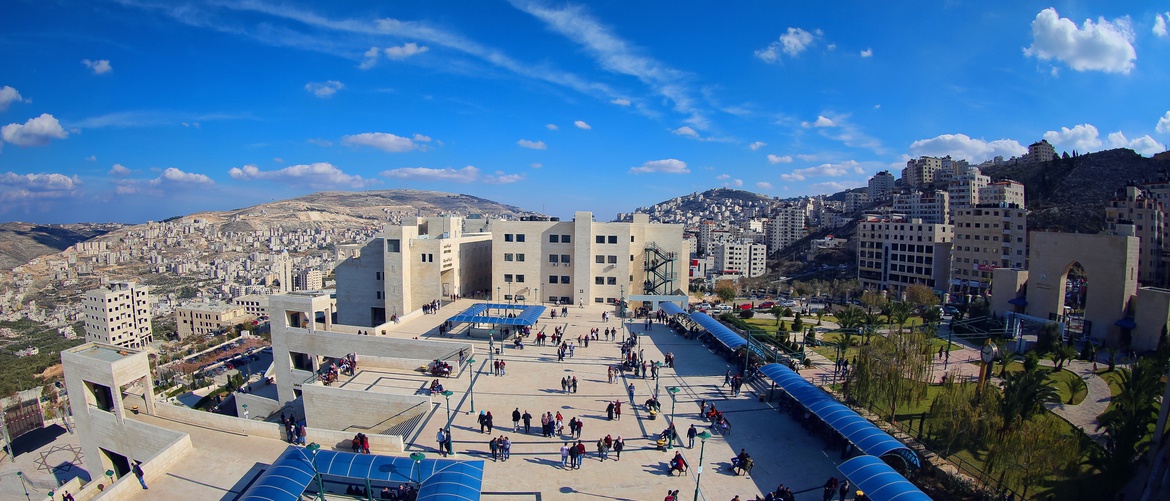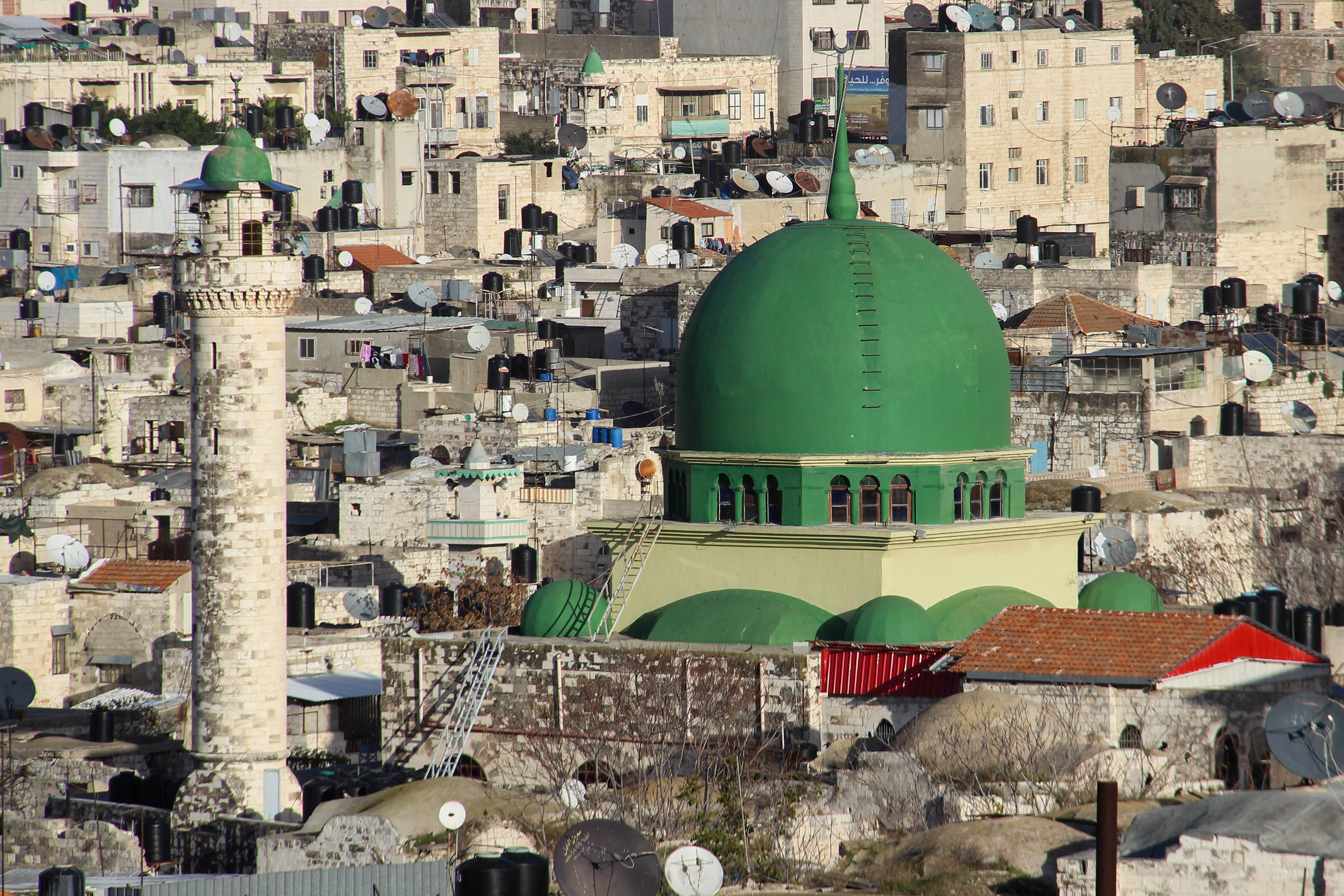Have YOU always thought about studying Arabic in the Middle East but never known where to go or how to start? Well, worry no more because Pink Jinn is going to break it down for you, city by city.
We’ve created this clear, honest guide based on our own experiences to show you the good, the bad, the wonderful and the downright weird of studying abroad. Whether you’re a university student, a young professional with an interest in the region or you’re simply looking for a new adventure, this guide will help you find the perfect place for YOU to learn Arabic. This week…
NABLUS, PALESTINE
 (image: Seeing Palestine)
(image: Seeing Palestine)
Located in Palestine’s central highlands, beautiful Nablus is nestled in a picturesque valley between two mountains – Mount Gerizim and Mount Ebal. Unlike other cities in Palestine, Nablus is relatively ‘undiscovered’ by the hordes of tourists who visit the West Bank, so the city has remained culturally authentic and true to its traditional roots.
In many ways, Nablus is your picture-perfect postcard of a Middle Eastern city – flat-roofed houses sprawling up the hills, with tiny side streets and souqs weaving between them. It’s the perfect place to explore without an agenda because you’re bound to stumble across hidden gems at every turn – from religious sites to Turkish baths to hole-in-the-wall style shops selling kunafeh, the famous Palestinian dessert which originated in Nablus, made from thin, noodle like pastry, sugary syrup and layers of cheese (also spelled knafeh or kunafa).
Perfect for: Confident adventurers without expectations
 (image: Huffington Post)
(image: Huffington Post)
Dialect
If you already study Arabic you’ll be aware that dialects tend to differ from country to country, and sometimes from town to town. Most students learn Modern Standard Arabic (MSA or fusha), which you’ll read in the media, official documents and the Qu’ran, however this is not as commonly spoken on the street.
The Levantine dialect (the Arabic spoken in Lebanon, Jordan, Palestine and Syria) is one of the most useful dialects to learn. ‘Amiyya’, as it is referred to locally, is easier to learn than MSA or other dialects such as Moroccan or Egyptian. It’s also widely understood across the Arab world so learning a little would allow you to communicate with people of most backgrounds across the Middle East.
Can’t decide whether to learn MSA or Amiyya? Click here to check out our guide explaining the pros and cons of each.
One of the biggest advantages of studying Arabic in Nablus is that you really are totally immersed. In other cities in the Middle East, it can be tempting to fall back on visiting the favourite western hangouts or mingling predominantly with English-speaking expats. In Nablus this isn’t an option – there are few western tourists and even fewer expatriates. And while some Nablusis speak English, it can be difficult to get around without a basic level of Arabic. This might feel daunting at first, but it’s a fantastic way to immerse yourself in the language and force yourself to start speaking – no matter your level or amount of experience!
 (image: firstpost.com)
(image: firstpost.com)
Highlights
Nablus plays host to a number of culturally and religiously significant sites outside of the traditional, well-trodden Holy Land tourist trail.
Like the rest of Palestine and Israel, Nablus is home to a number of ethno-religious communities including Muslims (who make up the majority of the city’s population), Christians and Samaritans. Within a day you can visit the Grand Mosque of Nablus, the Orthodox Church dedicated to Saint Justin Martyr, and the Samaritan Museum. Another favourite is Jacob’s Well, which has remained significant to Christians, Jews, Muslims and Samaritans over the last two thousand years. The well is often considered to be the most authentic site in the Holy Land, given that it’s 40 meters deep and therefore cannot be moved, nor can its location be disputed.
Because Nablus is not a typical tourist destination, you’ll find you can very easily stumble across these key spots without even realising it because they aren’t really advertised or signposted – at least not in English! And the best thing? You won’t have to push your way through throngs of visitors like you would in Bethlehem or Jerusalem.
 The site of Jacob’s Well (image: barbaralicious.com)
The site of Jacob’s Well (image: barbaralicious.com)
Another highlight of Nablus is the kind and welcoming spirit of the local people (to be fair, we’ve probably said the same about every other Middle Eastern city we’ve covered in this series – because it’s true!). The world-famous tradition of Arabic hospitality and generosity means that tourists tend to have very personal and authentic experiences wherever they are in the Middle East.
This is particularly true in Nablus and Palestine more broadly. Sadly, this is partly due to the Palestinian-Israeli conflict; the local people are understandably conscious of how the conflict can shape the experience of visitors and, of course, the knock-on effect this can have on the local economy and the perceptions of foreigners. So Nablusis are very passionate about ensuring visitors are safe, well looked after, and having a good time.
Nablus is the kind of place where you get to know your neighbours very quickly. While some may find this a bit intense – particularly if you’re coming from a big western city where the culture can be quite individualistic – it provides a feeling of community and a sense of safety which really makes you feel at home (not to mention secure – particularly important for women travelling or living alone anywhere in the world!).
Nablus is also the perfect place to experience traditional Palestinian handicrafts such as pottery, embroidery, soap and olive oil. Despite the difficulties facing Palestinian businesses because of the occupation, these traditional industries continue to survive, often kept alive by family businesses that have existed for generations. Make sure you visit the soap factory – you can buy gifts and souvenirs and spend a day olive picking with local families, all the while knowing you’re supporting local, family-owned businesses and the Palestinian economy!
 Shop Palestinian coffee cups in the Pink Jinn Souq
Shop Palestinian coffee cups in the Pink Jinn Souq
If you’re planning on spending a few weeks or more studying in Nablus, you’ll likely become familiar with the souq in the Old City. Worlds away from the touristy souqs of Morocco, Nablus old souq is an authentically local, sprawling metropolis where you can buy anything and everything under one roof (sort of). You’ll DEFINITELY get lost – but that’s all part of the fun. And if you do, you’ll likely find an abundance of street food stalls where you can ask for directions over a plate of kunafeh.
AND THE KUNAFEH.
I mean, do we really need to say more…? Nablus is the original home of the world-famous Palestinian dessert of dreams. There’s a kunafeh shop on every street, and a popular challenge for students is to try as many places as possible to determine the best one (an impossible task and you’ll definitely gain 15 pounds, but should you try it anyway? HELL YES!).
 Nablus is the original home of Kunafeh (image: sbs.com)
Nablus is the original home of Kunafeh (image: sbs.com)
Love Middle Eastern food? Here are 5 traditional Middle Eastern dishes to try at home.
Frustrations
Like anywhere, Nablus is not for everyone. While its traditional vibe is a huge sell for many, this also comes with a greater level of conservatism in society than you might find elsewhere in Palestine. It’s definitely not a party city – while there are cinemas and restaurants aplenty, you’ll struggle to find somewhere to get a glass of wine or a beer at the weekend.
Unsure of what to pack? Read our guide on what to wear while travelling in the Middle East.
It is, however, relatively well connected. There are good bus routes running between Nablus and other cities like Bethlehem and Ramallah (Palestine’s hipster heaven), or if you’re willing to pay a little more you can drive the 1-2 hour route in a taxi. Bear in mind though, travelling becomes more difficult if you’re trying to visit Jerusalem or cities in Israel as you’ll need to pass through checkpoints. This can be both an unpleasant and time-consuming experience – not ideal for a short getaway or day trip, and if you’re travelling by taxi the fares will soon start to add up if you’re sitting in a checkpoint queue for two hours…
Which brings us onto the next – and probably the most obvious – frustration: the conflict. It seems a little insensitive to label this a frustration for foreigners given the unimaginable ways the conflict has impacted, and continues to impact the lives of the local people. However, we must stress the importance of having a basic understanding of the dynamics of the conflict before you go so that you can be both aware of how it may impact your experience, and respectful towards the Palestinians you meet.
 A mural referring to the conflict, Nablus (image: Zaytouni)
A mural referring to the conflict, Nablus (image: Zaytouni)
Due to its geographical location in the heart of the West Bank territories, Nablus is affected by the conflict with Israel in unique ways. While the effects of the conflict appear less ‘in your face’ than in highly contested areas like Jerusalem, there are inevitably, and understandably undercurrents of tension – particularly stemming from the existence of Israeli settlements in the hills around the city. Parts of Nablus are also sometimes subject to raids by the Israeli Defence Force (IDF) and the entrance to the city is sometimes closed. It’s absolutely a safe city and as a foreigner you’re unlikely to be directly affected at all, but it’s definitely something to be aware and respectful of.
The conflict can also make travelling to and from Nablus difficult. We’ve already mentioned the need to travel through checkpoints to go to and from Israel, but it’s also worth knowing that many tourists and foreigners visiting the West Bank can have uncomfortable experiences flying in through Tel Aviv. Make sure you have all the relevant documentation you can possibly have with you (e.g. letters from your institution of study and preferably return flight details), and if you’re going to Nablus on a language exchange through your university, make sure you review all of their guidance and ensure you have their full support.
 An Israeli checkpoint (image: Mondoweiss)
An Israeli checkpoint (image: Mondoweiss)
Other more general frustrations to watch out for include tourist prices (inevitable in many destinations around the world, but as your Arabic improves you’ll get better at responding to this…) and city centre traffic – if you’re travelling across town by taxi or car, leave plenty of time – or if possible, walk!
Language schools
Arabic for Non-Native Speakers Institute at An-Najah University: This is the only institution we are aware of in Nablus offering Arabic for non-natives, but we know from experience that they offer a good programme! Their group sizes are small and they offer classes in MSA and amiyya, along with additional classes in Palestinian history and culture. Their classes are taught 100% in Arabic – which may put some people off, particularly beginners, but we swear, it’s the best way to learn! They also put on field trips for students in Nablus and to other cities in the West Bank.
 The An-Najah University campus
The An-Najah University campus
Another benefit of studying Arabic in Nablus is that you have the opportunity to get to know the Palestinian students. An-Najah, located on a hill with incredible views over the city, is one of the biggest universities in Palestine with a large, thriving student population. You’ll likely make friends very quickly (particularly if you’re a university-age student yourself!), and you can also opt to live in the university’s student housing if you want to fully immerse yourself in the community. Their dorms are great if you’re looking for something on the cheaper end of the scale (but don’t expect luxury!). Alternatively you can rent a private apartment.
 A graduating class of Arabic students at An-Najah
A graduating class of Arabic students at An-Najah
So, what sets Nablus apart from other cities in the region?
I’m reluctant to use the word ‘authentic’ AGAIN, but the lack of western influences in Nablus mean it really is one of the best places you can go to have a genuine Palestinian experience. Not only is it cheaper to live and easier to explore the city’s cultural sites in peace, but this also means you’re forced to use Arabic to get by. It throws you in at the deep end but likely means you’ll improve at a much faster rate!
Nablus in 3 words:
Beauty, tradition, kunafeh.
 An-Nasr Mosque, Nablus (image: everipedia.com)
An-Nasr Mosque, Nablus (image: everipedia.com)
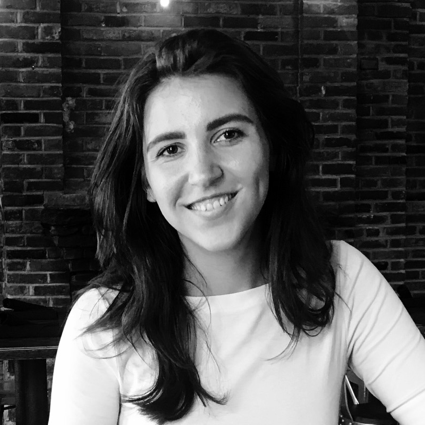 Emma Tveit studied at An-Najah National University as part of her year abroad during her undergraduate degree in Arabic and History at SOAS. After spending the last few years working in development, foreign service, and research, Emma is now completing her Master’s degree in Arab Studies at Georgetown specialising in the politics of the Arabian Peninsula, and is writing her thesis on Yemen-Oman relations.
Emma Tveit studied at An-Najah National University as part of her year abroad during her undergraduate degree in Arabic and History at SOAS. After spending the last few years working in development, foreign service, and research, Emma is now completing her Master’s degree in Arab Studies at Georgetown specialising in the politics of the Arabian Peninsula, and is writing her thesis on Yemen-Oman relations.
Still not sure about studying Arabic in Palestine? Here are 5 reasons why you will fall in love with the country!
If you found this useful, you might also like our guides for studying Arabic in Amman, Beirut, Muscat and Fes!
Cover image: This Ongoing War


